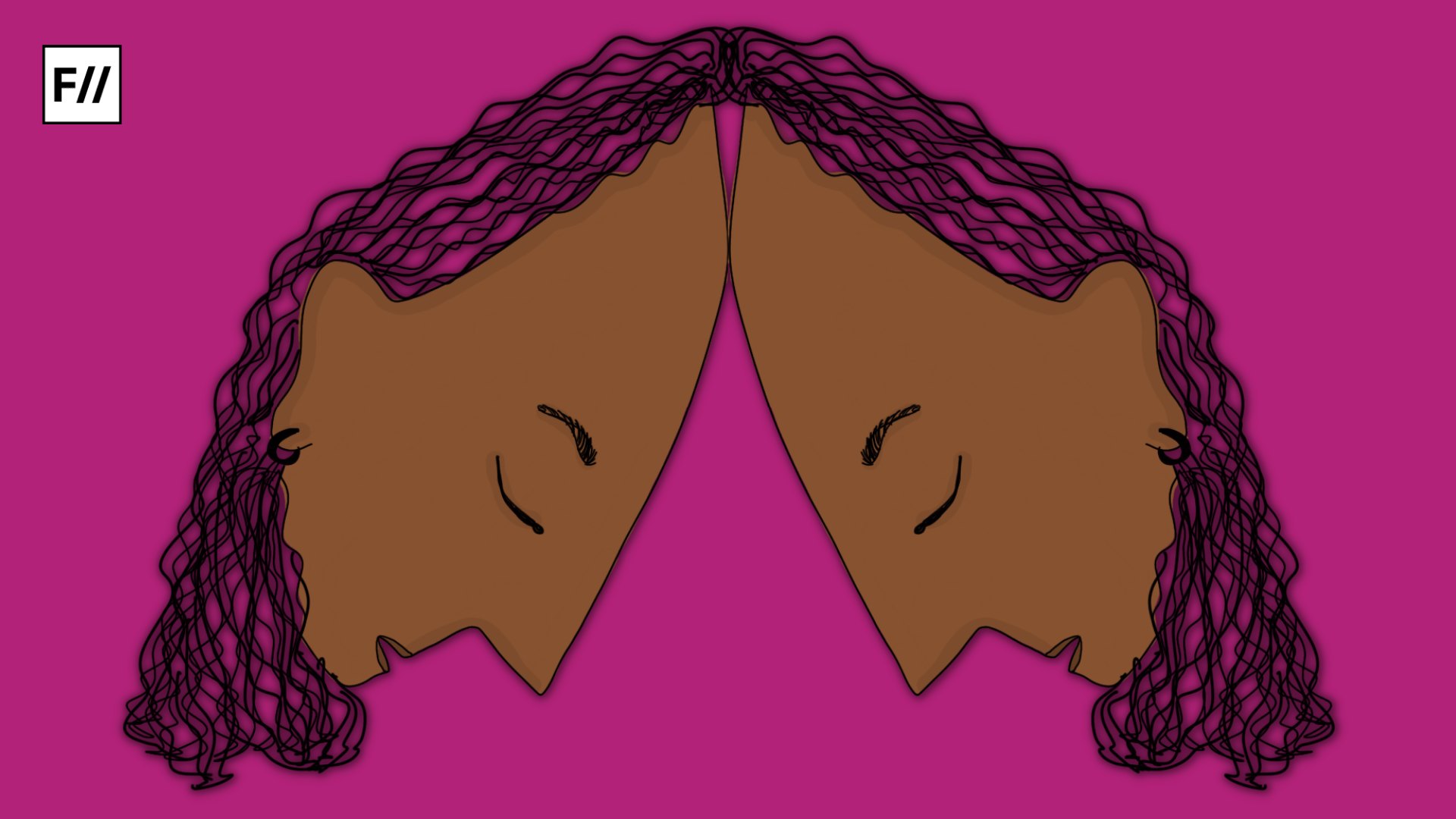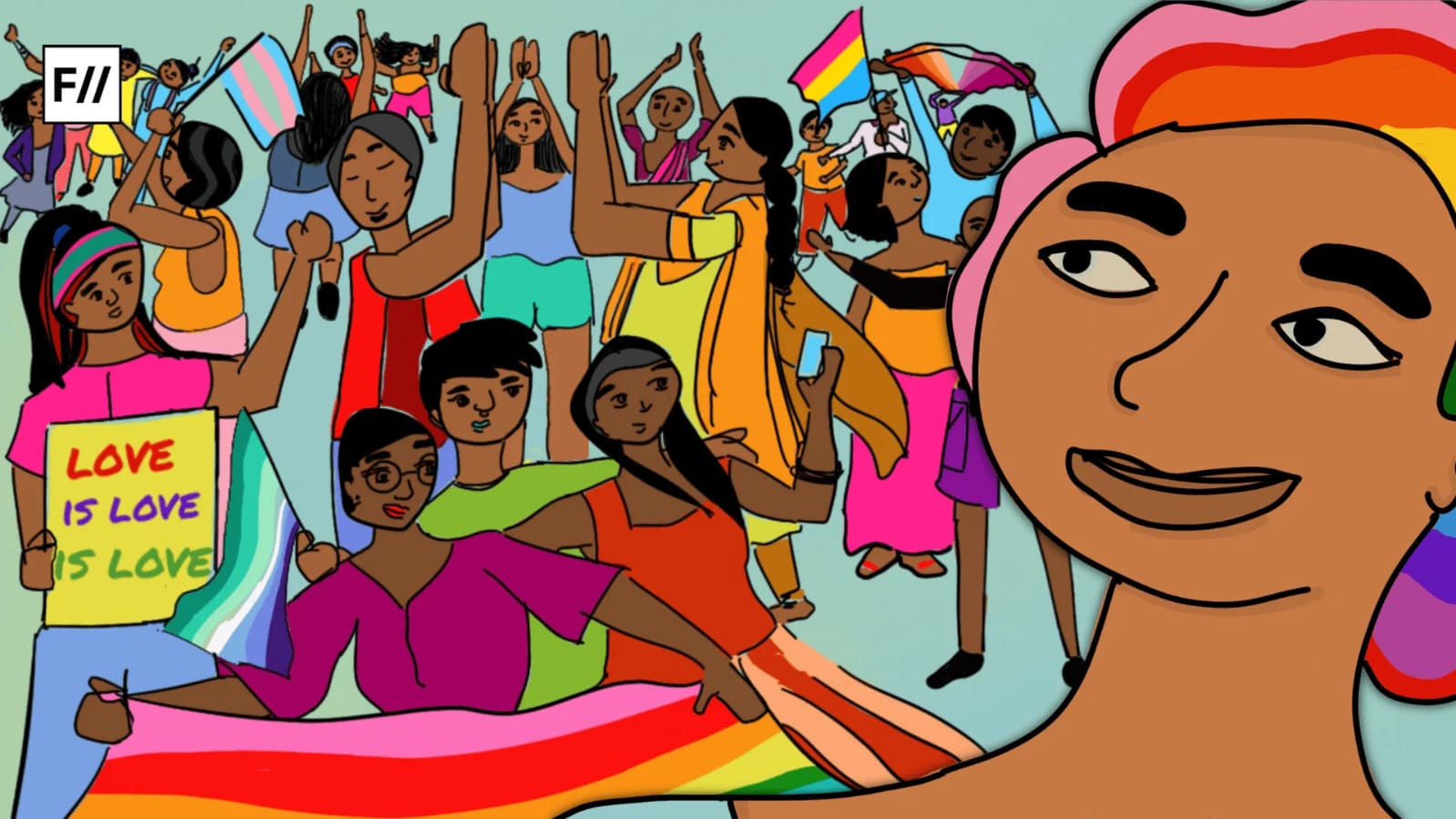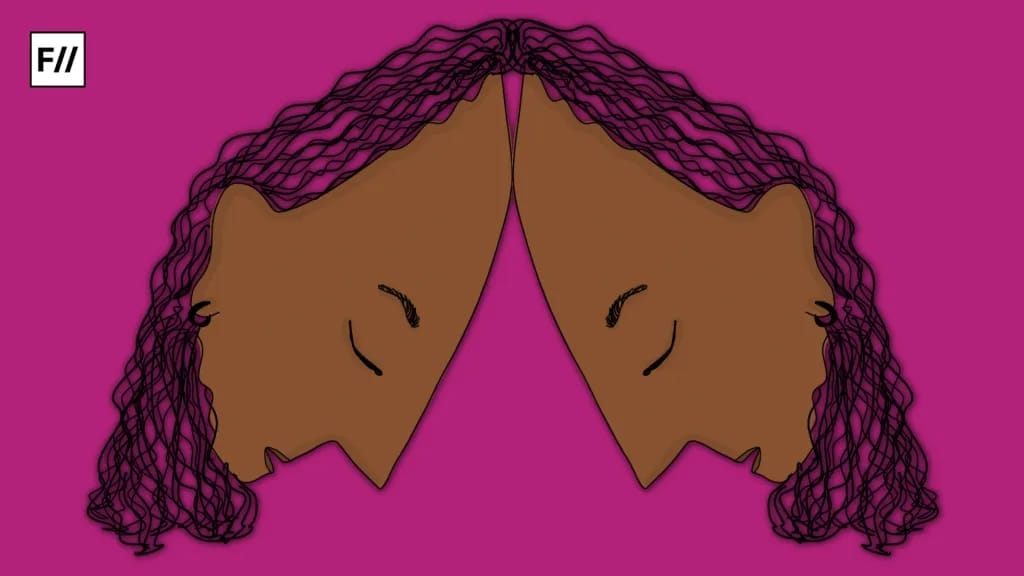A few months ago, a young man in his late 20s, Sonu*, from a village in North India, reached out for therapy. It was his first time seeking therapy and he was quite nervous. He was particularly concerned about confidentiality. Despite multiple reassurances from the therapist, Sonu remained apprehensive.
During an anonymous online session, Sonu finally revealed his struggle, asking, ‘I hope you won’t judge me, but is it normal to feel attracted to other males?‘
Sonu’s concerns highlight the deep-seated fears and stigmas associated with non-heteronormative identities in rural India. Terms like ‘meetha,’ and fears of being labelled ‘napunsak,’ or ‘namard,’ are prevalent. His unfamiliarity with labels like ‘gay,’ or ‘homosexual,’ due to language barriers underscored the challenge.
While labels are meant to provide a sense of identity and belongingness to queer individuals, but, due to them being rooted in Western ideas of queerness, they are primarily adopted by the urban and elite. Whereas, the rural and low socioeconomic classes in our country largely remain inaccessible and even run the risk of invisibility.
Offering Sonu the Hindi term ‘samlaingik,’ did little to ease his discomfort, as it too was steeped in social prejudices.
The challenge of language and understanding in rural areas
In the 1996 film, Fire (dir. Deepta Mehta) Sita tells her lover, Radha, “There is no word in our language to describe what we are or what we feel for each other.” Hindi, the language spoken by more than 40 per cent of our population, lacks the vocabulary to describe the diversity in gender and sexual identities.
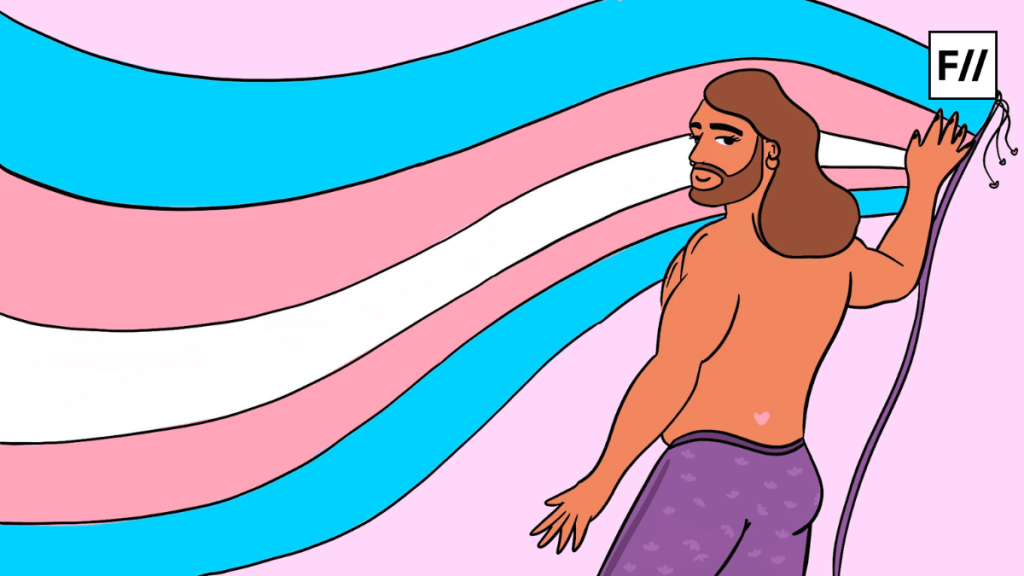
Most existing terms are generalised or euphemistic, many have been used as slurs or considered scandalous. This situation reflected a broader issue — the lack of unprejudiced vocabulary in vernacular languages to describe diverse gender and sexual identities.
According to the Sapir Whorf hypothesis, “structure of a language influences its speakers’ worldview or cognition, and thus individuals’ languages determine or influence their perceptions of the world.” This theory of Linguistic Relativity suggests that how a person thinks and behaves is influenced by the native language that they speak.
Thus, Language is a convergence point for the intersections of caste, class and other social hierarchies. In our country, most of the training received by psychologists is English-based and influenced by the colonial legacy which has led to a reliance on Western theories and practices. This greatly limits their ability to fully acknowledge and address the unique socio-cultural complexities in Indian society, especially in rural communities.
Psychiatric stigmatisation and its impact
Psychiatry itself has played a significant role in pathologising Queer identities. The widely used frameworks of classification, such as the Diagnostic and Statistical Manual (DSM) classified them as mental illnesses or disorders without tangible evidence of biological abnormality. The widespread use of the bio-medical model has propagated stigma and discrimination, contributing to the marginalisation of Queer individuals. Many Psychiatrists still refer to gender dysphoria as a ‘Gender Identity Disorder,’ and homosexuality as ‘sexual deviation,’ and even suggest to clients ways to ‘change or fix it.’
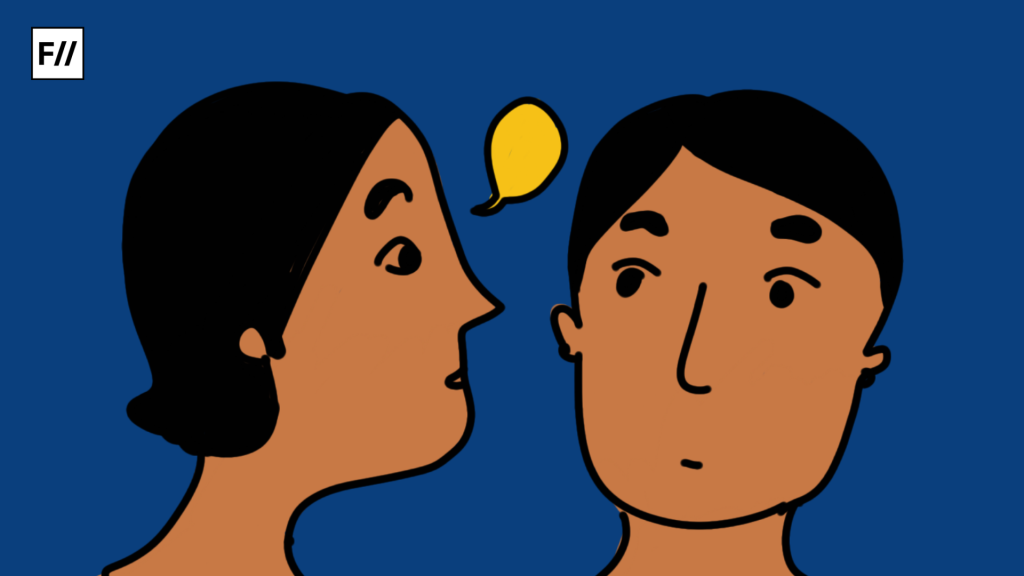
In rural areas, where mental health resources are already limited, the impact of these classifications is magnified. This approach can be particularly harmful in rural settings where Mental Health Professionals (MHPs) may have limited interaction with individuals and rely on brief assessments to diagnose and label them. This is especially concerning for young LGBTQ+ individuals, who most often visit Psychiatrists with their parents, as the very institutions designed to support and help them have instead perpetuated harm and alienation.
Limited hopes for the future
Sonu’s fear was compounded by news of a boy from Ujjain who died by suicide due to cyberbullying. Despite feeling more comfortable with his sexuality, his fears about being outed by someone and receiving ill treatment from them heightened even further. He felt unsafe and wondered if someone might know his sexuality based on his appearance because that was the prevalent understanding he had grown up with.
In rural and conservative settings, the options for living authentically are severely limited. Many queer individuals find themselves trapped in a cycle of secrecy and isolation, unable to access supportive communities or resources that are more readily available in urban areas.
His fear of being outed and ostracised also clouded his understanding of what future he could expect for himself. He asked, “Toh kya mujhe aise hi chupke rehna padega? Kyunki main apni family toh nahi chhodna chahta,” (Will I have to live my whole life in hiding? Because I don’t want to live separately from my family). Hailing from a conservative family in rural Uttar Pradesh, he could not entertain the possibility of coming out to his family and being accepted by them. This dilemma left him with two starkly contrasting and daunting choices— One required him to be completely ousted from everything familiar that he calls ‘home,‘ and the other expected him to be untrue to himself, living a life of social pretence.
In rural and conservative settings, the options for living authentically are severely limited. Many queer individuals find themselves trapped in a cycle of secrecy and isolation, unable to access supportive communities or resources that are more readily available in urban areas. Owing to a community-driven society, societal and familial expectations often dictate strict adherence to traditional roles, leaving little room for deviation without severe repercussions. For someone like Sonu, the potential loss of family support, social standing, and financial security is a significant deterrent to living openly.
In this context, individual efforts from a therapist to support clients are limited by broader societal and legal constraints. Therapists can provide emotional support and coping strategies, but the structural barriers remain formidable.
The need for community-driven care in rural India
In such cases, true liberation or equality cannot be achieved in silos. For MHPs, involving parents and caregivers in the conversation is crucial. Many parents are reluctant and one of the reasons is that it all feels like a ‘foreign import,‘ as it does not align with their lived experiences along with media representation which has also negatively influenced their perceptions.

In another case, a 19-year-old named Naz*, who was exploring his gender identity, visited a psychologist with his* father. He dreamt of becoming a Doctor and a famous dancer and also enjoyed experimenting with feminine clothing and makeup. Naz’s school counsellor had forcibly outed him, leading to increased bullying at school, with classmates teasing and pulling his clothes ‘to see if he was really a man,’
The psychologist explained Naz’s experiences to his confused and concerned father. The pressure that Naz had been feeling of constantly feeling inauthentic in his own body, was compounded by bullying from classmates, reprimands from parents and teachers, and then the pressure to make confident decisions.
His father expressed remorse over his actions and remarked, ‘Ye toh mene bhi roka hai use iss sab se aur shayad kabhi anjaane mein mazak bhi banaya hoga,’ (Even I have asked him to stop doing all this and even made fun of him for it). Ultimately desiring to protect his child from harm, keeping all his concerns aside he reassured him saying, ‘Hum hai na, tum akele nahi ho,’ (We are there for you, you are not alone). This moment of parental support was crucial for Naz, a child who had been ostracised and isolated her whole life. It also highlighted the need for broader acceptance and systemic change.
Bridging the gap- the need for inclusive care
The journeys of Sonu and Naz illustrate the necessity for mental health practitioners to create safe spaces for queer individuals, offering them not just validation and support but also practical guidance that considers their specific socio-economic and familial contexts. While individual efforts are vital, system change is necessary to dismantle the deeply entrenched prejudices and stigmas. Mental health practitioners must extend their roles beyond therapy rooms, actively engaging in shaping a more equitable and accepting society.
The experiences of rural LGBTQ+ individuals like Sonu and Naz underscore this urgent need. By embracing inclusive practices and advocating for systemic change, mental health professionals can play a pivotal role in fostering a more supportive and accepting environment for everyone.
*Names have been changed for confidentiality.
*Although Naz is exploring his gender identity, he still goes by masculine pronouns.
About the author(s)
Mahi Goyal (she/her) is a Counselling Psychologist with over 4 years of therapy experience across both urban and rural settings. She also holds a Bachelor’s degree in English Literature from Miranda House, DU. At the age of 18, her first novel was published in 2015 titled, ‘Real Illusion’. Her work has also been featured in the 2013 anthology of short stories, ‘Internal Reflection’. She frequently writes on the intersectionality of Mental health with gender & sexuality and human rights as well as literary analysis from a psychoanalytic lens.
